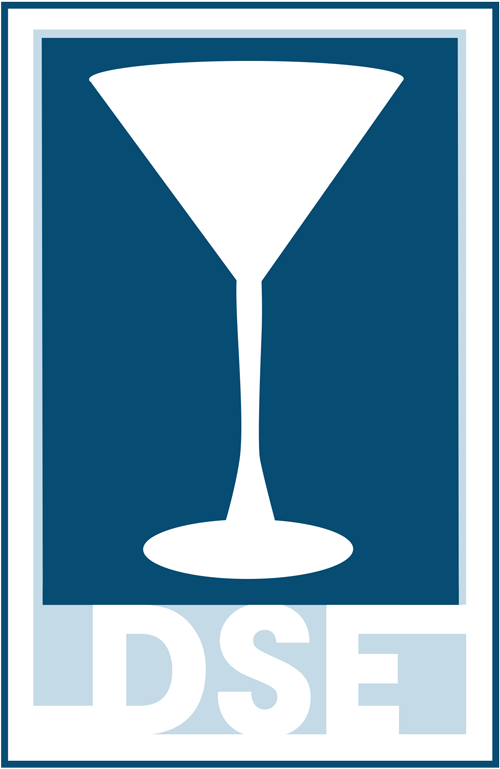Young people are drinking less alcohol; here’s why
Source: https://www.marinij.com/
By ALASTAIR BLAND
May 28, 2019
When you’re drinking, Big Brother is watching. Other people’s cellphones, not to mention our own, snap images of us incessantly, and a great deal of these photos wind up on the internet, whether we know it, or like it, or not.
That is what Deschutes Brewing’s president Michael LaLonde says he believes is encouraging many young people to veer toward lower-alcohol beers, or nonalcoholic beverages entirely.
“The younger generation is very concerned about social media exposure if they drink too much,” he said in an interview in early April.
This, as well as a growing concern for health and wellness, is fueling an interest in consuming less alcohol – a shift that LaLonde says has developed with dramatic rapidity.
“I remember just a few years ago when people used to search the tap list for higher-alcohol beers,” he said. “Now we’re seeing the exact opposite – people are looking for the lowest-alcohol beers.”
LaLonde sees this trend as a radical change that craft brewers have not traditionally been equipped to handle. For years, he explained, craft beer differentiated itself from mainstream lager brands by offering more flavor and – the source of that flavor – more alcohol.
Now, Deschutes is among many breweries experimenting with ways to continue creating that flavor but without the alcohol that would usually go hand in hand with it. Deschutes has brewed an IPA called Teensy Weensy that, in various pilot renditions, has ranged from as high as 3.7-percent alcohol-by-volume to as low as 2 percent. He said this is a fundamentally challenging kind of beer to make, since “flaws can easily show themselves in a low-ABV beer.” Hoppy bitterness can also overwhelm the flavor profile in beers with very low levels of alcohol.
Brewer Christian Kazakoff, formerly of Iron Springs but now helping launch Canyon Club, the soon-to-open brewery in Moraga, says he doesn’t think these beers are necessarily especially hard to make.
“Any talented brewer can make a great tasting beer and have low ABV,” said Kazakoff, who considers low-ABV beers to be in the same vein of interest as low-calorie beers. (Alcohol contains almost as many calories per gram as fat.)
Where Kazakoff sees the potential difficulty is in selling the beers, even to people who want them.
“People will think that just because it’s a low ABV and calorie beer it should cost less – much less,” he says.
At State Room Brewery in downtown San Rafael, brewer Larry Berlin has seen the interest from consumers in drinking lighter beers. (The lowest beer he has on tap is a 4.2-percent ABV rice lager.) He believes the explanation is straightforward:
“Consuming less alcohol in more healthy,” he says.
LaLonde also cited popular health trends as the force behind the growing popularity of super-low-ABV beers. He named low-carbohydrate diets, simple caloric intake reduction and the paleo craze, in which followers eat only foods that could hypothetically be found while hunting and gathering (they’ll drink mead and wine but not beer, since it is made from grains).
Some people seek out lighter beers simply so they can drink more of them. We see this interest in beer names like Daytime Ale and All-Day IPA. We also see it in articles like that published last September in the Takeout, titled “Brewers spill their tips for all-day beer drinking.”
I am yet to detect a trend among brewers in drinking less or no alcohol, though I have no doubt that many at least think about it. There does seem to be, though, a trend among chefs keen on cutting back on booze. An article in the May 27 issue of the New Yorker described high-profile chefs who have veered away from lifestyles of late-night-and-on-the-job debauchery and going totally sober.
If alcoholism is one’s problem, they should probably quit drinking. If they merely have concerns about drinking more alcohol than is healthy, then low-ABV beers may be their remedy. Like the brewpub patrons LaLonde describes who once came in looking for strong beers and now want light ones, my own interest in these numbers has flipped. I remember the tingle of excitement I once felt when I would find a beer listed at more than 12- or 13-percent ABV. Now, I hunt the aisles and bars for beers less than 4 percent, and I am waiting, hopefully, for something as tiny as the Deschutes Teensy Weensy.
